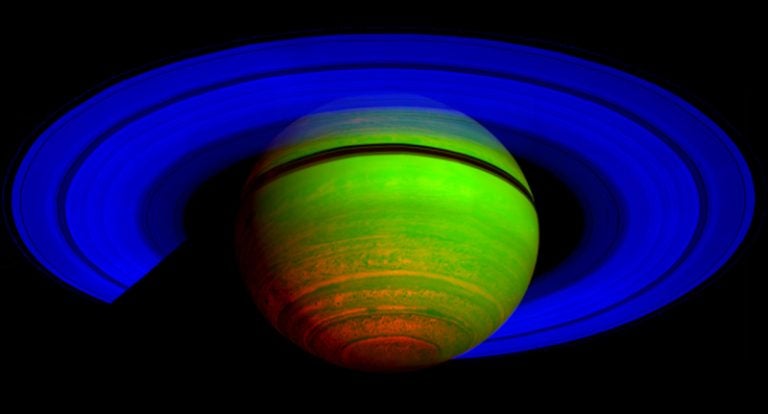UCF is breaking a record this week with 22 people presenting at one of the most important planetary sciences conferences in the nation.
The annual Division for Planetary Sciences meeting kicked off in Denver on Saturday drawing thousands of scientists from around the world who study the solar system and its early formation. DPS is the largest professional organization of planetary scientists and is part of the American Astronomical Society.
Nineteen students and three faculty members are presenting findings at the meeting, through Oct. 11, which is a school record, said Daniel Britt, a professor of physics at UCF and a former chair of DPS. The most students to attend in previous years had been 15.
UCF students also snagged more than 50 percent of the free travel money available to students nationwide to attend the meeting thanks to their stellar work in the field and their early applications, Britt added.
“It’s quite a year for us,” Britt said. “It’s very exciting. We are well represented.”
The undergraduate and graduate students will present on a range of topics from detailed studies of asteroid impacts to an analysis of bending waves found within Saturn’s rings.
For example, physics doctoral student Tracy Becker is presenting a talk about the rings of Saturn. She analyzed data from the Ultraviolet Imaging Spectrograph, an instrument on the Cassini spacecraft that is currently orbiting Saturn, to measure the size and population of small particles in Saturn’s A ring. Constraints on the particle sizes in the rings contribute to the overall understanding of the origin and evolution of the Saturnian ring system, with applications in exploring planet formation, proto-planetary disks, and the structure of galaxies.
Students in physics professor Joe Harrington’s Exoplanets Group will present on a wide range of research related to the more than 1,000 planets discovered outside our solar system, which was made possible in the past few years thanks to a variety of modern instruments such as NASA’s Spitzer Space Telescope. They include:
Attending the conference gives students an opportunity to interact with other leading scientists in the field and giving presentations provides them invaluable experience, Britt said.
